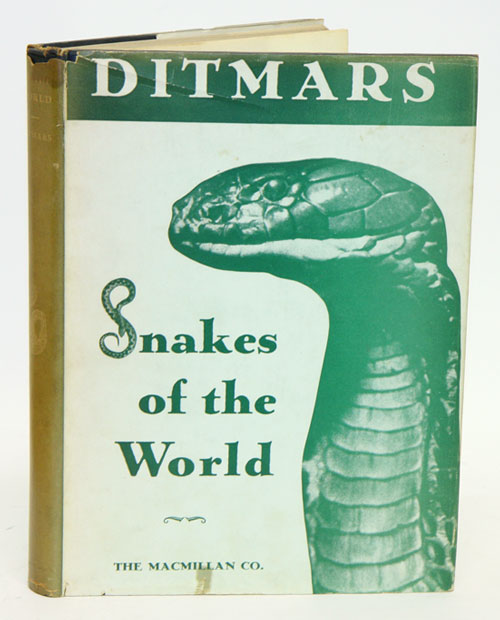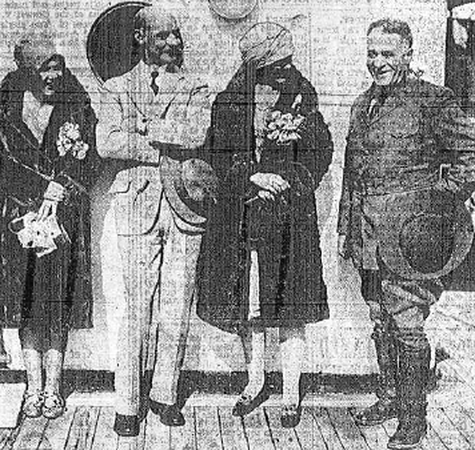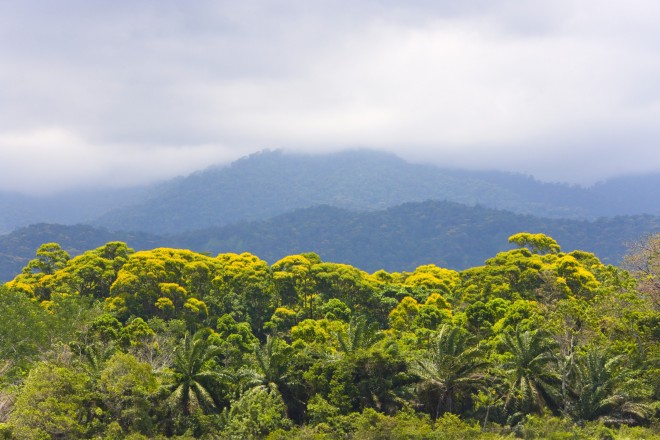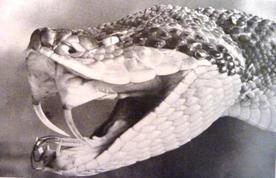On this day in 1938, the UK's Manchester Guardian newspaper reviewed an edition of Raymond Ditmars's famous book Snakes of the World: "There are many lessons to be learned from this book, among them that a large proportion of the snakes play a useful part in the scheme of nature, that many are exceedingly beautiful, and that some make charming pets."
|
On this day in 1928, the Bronx Zoo’s famous curator Raymond Ditmars accompanied by his wife Clara, daughter Gladyce and two friends set sail from Manhattan bound for Central America aboard the Orizaba. His mission, according to the journal Science, to ‘collect poisonous snakes for the production of serum.’ The Ditmars party would spend six weeks in Honduras – the original ‘banana republic’ - as a guest of the United Fruit Company. While in the country, the curator was pleased to see a new serpentarium at Tela up and running and ‘studied the bites, fangs and poisons of the deadliest snakes in the Americas’. Locals were offered bounties of up to $2 for a large, living specimen of a barba amarilla - which translates as ‘yellow beard’ - the local name for lancehead pitvipers (Bothrops). Despite the reward, the serpentarium struggled to build its population of captives as snakes were frequently killed or fatally injured during capture. Ditmars and co. were entertained and astonished by the fearless antics of Douglas March. The Tela serpentarium’s young manager regularly descended by ladder into his serpent pit to collect venom from the dreaded barba amarilla vipers, a duty he relished. Clad in high leggings, the fearless Pennsylvanian would descend into the pits among a hundred or more venomous serpents, brazenly free handling them to extract their venom. A recent accident with a barba amarilla, leaving March partially blind until serum could be administered, failed to temper his reckless behaviour. (March’s luck would run out eleven years later when fatally bitten by a bushmaster in Panama. It was reportedly his eighteenth venomous snake bite.) At Tela, the snakes were ‘milked’ of their venom which centrifuged to purify it by removing ‘stray gland cells and blood corpuscles’. The venom was then carefully dried out to produce ‘small amber like crystals’ which could be kept indefinitely and shipped back to the Glenolden, Pennsylvania, USA, where it was injected in horses to produce antivenin serum. Ditmars would later write vividly of the trip in the New York Times:
Honduras is ‘an arcadia of mammals, brilliant, flashing birds and reptiles of all sorts, including the deadliest. It is impossible to sidestep a series of thrills in a country like this. They pile up and surround you. A naturalist is overwhelmed by his observations.’ |
Dan EatherleyBritish naturalist, writer and environmental consultant Archives
January 2016
Categories |




 RSS Feed
RSS Feed